[docxpresso file=”https://www.ancientsunrise.blog/wp-content/uploads/2018/07/Employee-Recommendations-1.odt” comments=”true”]
Tag: shampoo
How to Prepare Your Hair Before Using Henna
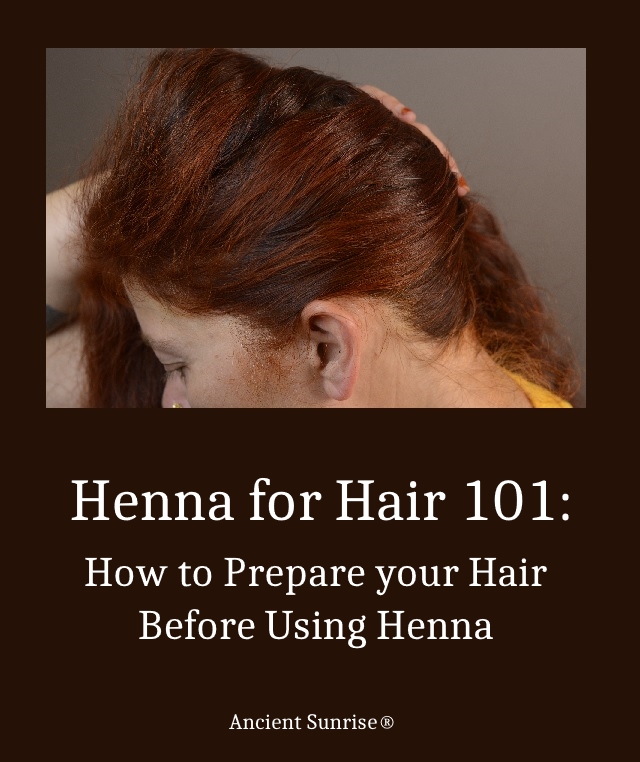
People frequently ask what they should or should not do to their hair before applying henna. Does hair need to be clean, or left unwashed? Can it have conditioner on it? Should it be wet or dry? As henna works differently from conventional hair dyes and treatments, these questions are valid. This article will explain the best ways to prepare your hair for your henna treatment to obtain the best results.
First of all, hair should definitely be clean. But “clean” means several things. For henna and plant dye mixtures, it means, 1) free of dirt; 2) free of oils, both natural and added; and 3) free of mineral build-up. Dirt, oil, and mineral build-up all create barriers that prevent the dye from binding properly to the hair strand, for the best coverage and permanence, it will be important to start with squeaky-clean hair. Second, it is important to avoid adding oils or conditioning products to the hair prior to using henna, as they can inhibit dye uptake. Finally, hair can be either damp or dry when applying henna, whatever makes the hair easier to separate into sections for application. Continue reading to learn more about how to prep your hair and why.
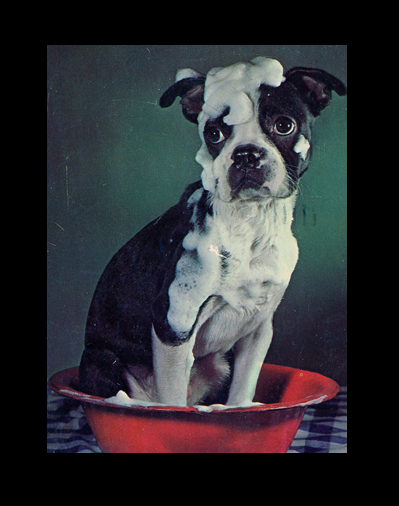
Remove Dirt
When left unwashed, hair collects dirt and pollutants from the environment, as well as dead skin and materials excreted through the sweat glands. Combined with the body’s natural oils and heat, the hair becomes a perfect playground for bacteria and microbes.
While henna has anti-microbial properties, it does not necessarily make for the best hair cleanser. Henna is best known for its coloring and strengthening properties, which come from the dye molecule, lawsone. Dirty hair does not allow for as much dye uptake as clean hair, therefore limiting the benefits. No one wants to go through the process of applying henna and leaving it on for several hours just to see that their hair was not colored sufficiently.
The simplest way to remove dirt is with a standard detergent shampoo. A clarifying shampoo would be even better. Shampoo bars, natural shampoos, and shampoo alternatives may not effectively clean the hair of dirt and oil, and may actually leave a residue which creates an additional barrier. Baking soda does not clear out sebum as effectively as shampoo, and may interact negatively with dye molecules.
Ancient Sunrise® shampoo bars and Ancient Sunrise® Zizyphus Spina Christi powder are great cleansers for any time other than right before henna. The shampoo bars are oil-based, and Zizyphus leaves a natural waxy coating on the hair. If you use either of these, it is recommended to wash your hair with a regular detergent or clarifying shampoo to remove any residue.
Remove Oil
While it is important to wash away the dirt and oil that naturally accumulates in the hair, it is equally important to avoid applying any additional oils. If you use oils or conditioners, these need to be washed out.
Indigo is particularly sensitive to barriers such as oil, and will not bind as successfully unless the hair is completely clean. Those who have particularly resistant hair may want to try washing their roots with a few drops of dish soap. Dish soap is a strong detergent that will strip out any oils and temporarily rough up the cuticle to allow for better dye penetration.
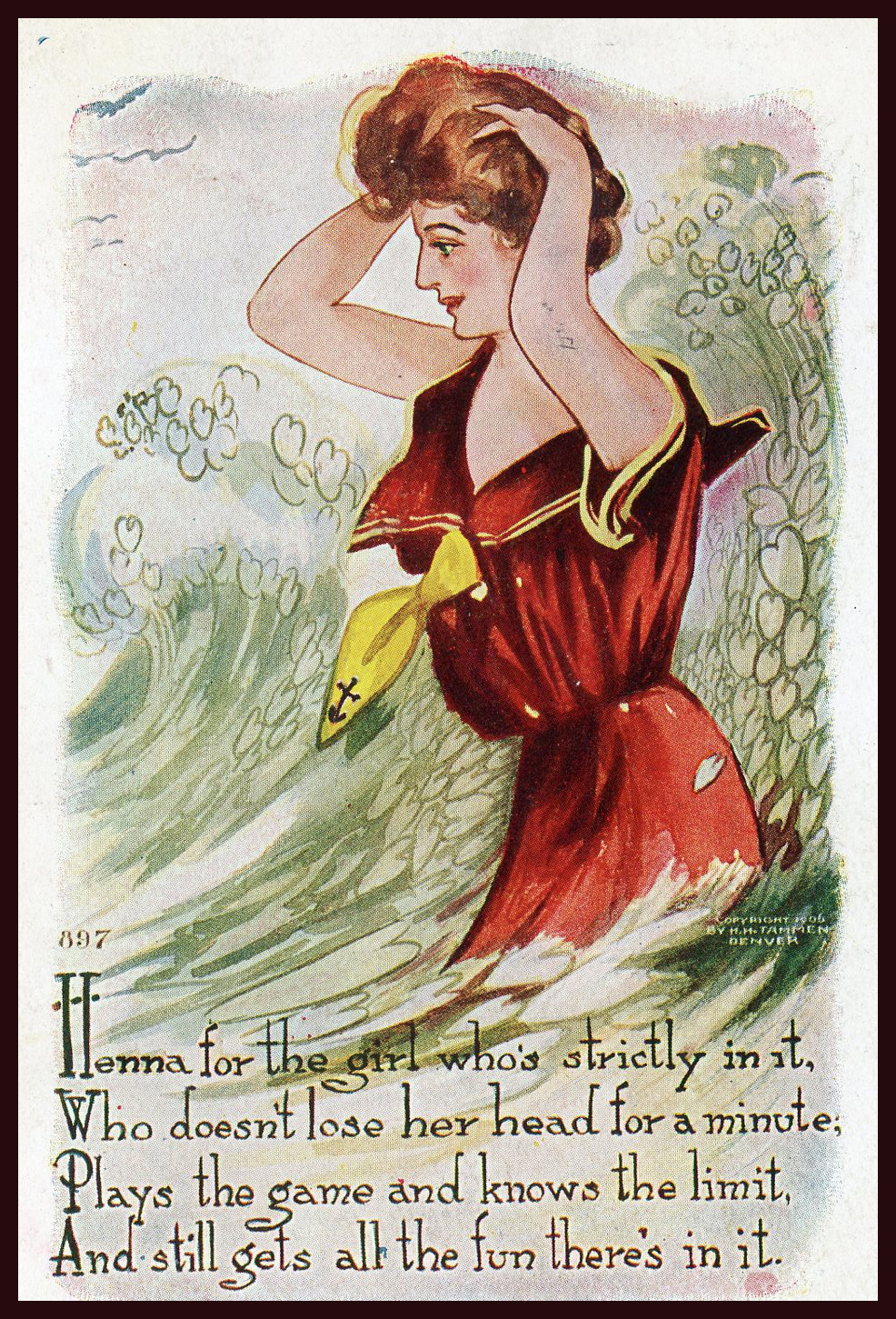
Remove Mineral Build-up
Minerals from tap water accumulate in the hair over time. They can cause the hair to feel drier and more brittle, prevent dye uptake, and affect the color. Hennaed hair will darken with mineral build-up. Cassia can react with minerals in the hair, turning the hair muddy-colored or greenish rather than golden.
Ancient Sunrise® Rainwash Mineral Treatment is great to use prior to henna treatments, and regularly to keep the hair bright and soft. Those who live in areas with hard water will notice the effect of minerals more quickly and will need to clean their hair of mineral build-up more often. All tap water contains some level of mineral content, so Rainwash is always a safe bet, no matter what type of water you have.
Rainwash comes in powder form. Mix it with distilled water until it thickens into a gel consistency. Apply throughout the hair, wrap the hair with plastic, and leave it in for 15-40 minutes. A deep cleanse will require forty minutes, while fifteen is enough if you are using the product regularly. During this time, the product is dissolving minerals out of the hair, and it is normal to notice a metallic or sulfur smell. Rinse well. Using a dab of shampoo will ensure that all of the gel and minerals are thoroughly rinsed out.
Avoid Conditioner and Oils
For best dye results, it is important to skip the conditioner before applying henna. As mentioned before, oils create a barrier and prevent the dye from binding properly to the hair. The glycerin and silicone compounds in conditioning products do the same.
Some people are concerned that their hair will be difficult to manage without conditioner. A vinegar rinse can help to keep the hair slippery enough to work with. Do this as the last step after using Rainwash and shampoo. Rinsing the hair with cool water can also help the hair become smoother.
Wet or Dry?
Finally, people commonly ask whether to apply henna to wet or dry hair. Either way is fine; whatever makes your hair easier to separate into sections. Hair should be at least towel-dry, or the paste is apt to get thin and runny once it is on. Also, be aware that hair is more fragile and prone to stretching while wet.

Best Practice
Putting all of this information together, here is the best way to prepare your hair before henna.
1. Mix and apply Ancient Sunrise® Rainwash according to the instructions.
2. After leaving the Rainwash mixture in your hair for the recommended amount of time, rinse your hair and use a detergent or clarifying shampoo.
3. For extra oily or dye-resistant hair, use a few drops of dish soap.
4. Remember not to use conditioner.
5. If skipping conditioner makes your hair unmanageable, rinse your hair with diluted vinegar and cool water to give it extra slip.
6. Dry your hair to the point where it is no longer dripping. Damp or fully dry hair is fine.
7. It is best to do all of this right before applying henna, rather than the day or evening before.
When Doing a Two-step Process for Black Hair, or Re-applying a Mix
The above information applies to using henna and indigo in two separate steps, or any time when another mix is used shortly after the first one, such as in the case of missed spots or a result that is too light.
It is especially important that the hair is clean and free of oils before applying indigo. If you are applying both steps of a two-step process on the same day, simply rinse and shampoo out the henna paste, towel- or blow-dry your hair, and apply the indigo. Indigo can be applied up to 48 hours after rinsing henna; if you plan to wait, it is important to wash your hair again right before you apply indigo.
As a general rule of thumb, any time you plan to apply a plant dye mixture to your hair, it is best to have it as clean as possible immediately prior to application.
If you have any additional questions, don’t hesitate to contact Ancient Sunrise® Customer Service via phone, email, or online chat at www.mehandi.com.
Highlights: Zizyphus Spina Christi, An Alternative to Shampoo and Conditioner
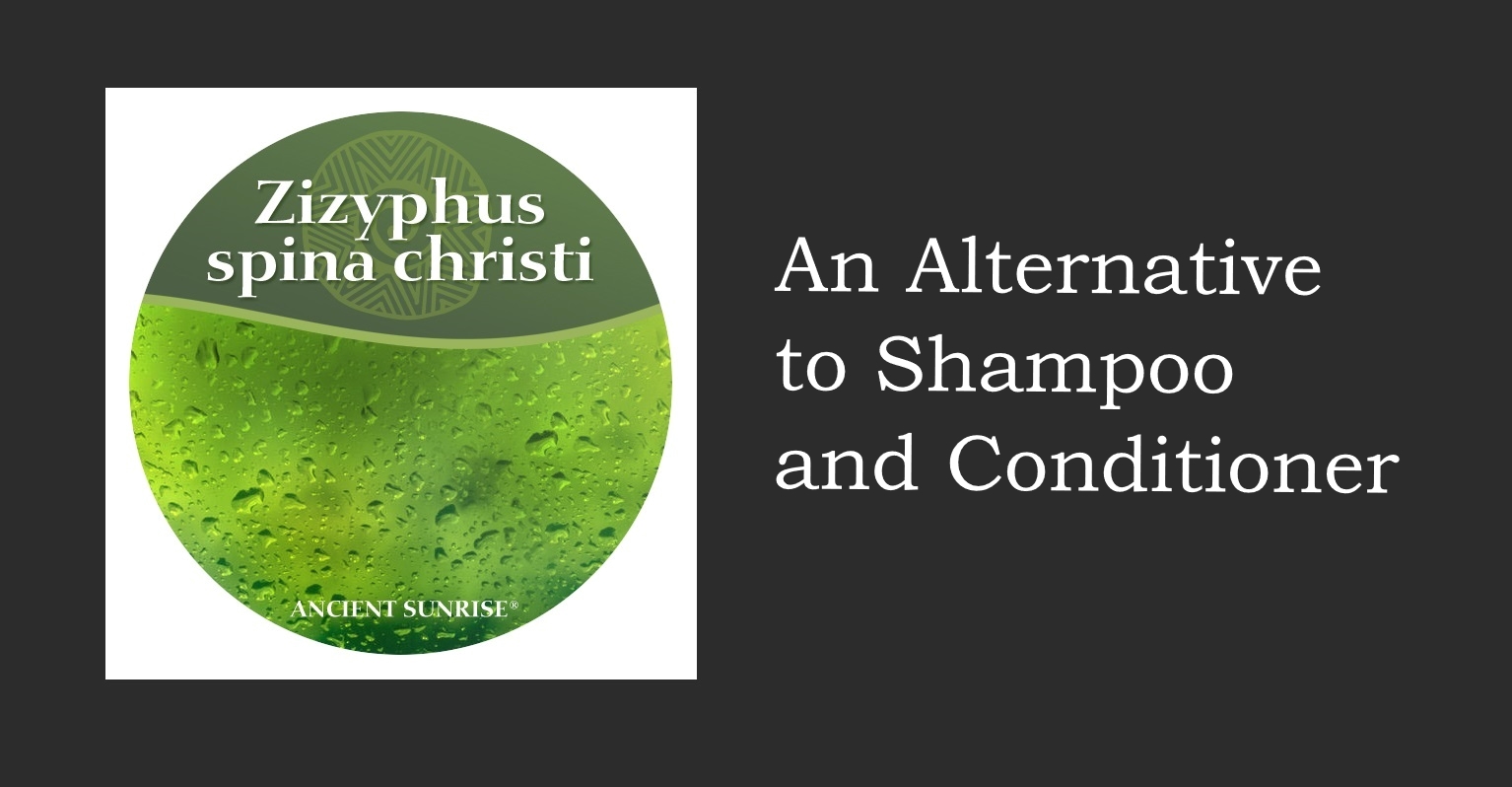
Traditional Shampoos and Alternatives
All hair must be washed from time to time. This depends on a person’s sebum production, their lifestyle, the climate of their surroundings, and ultimately, their preference. Neglecting to wash hair, or using ineffective methods of washing hair can cause a host of problems for the scalp and for hair growth. Learn more about hair care here.
Sebum is the oil that is naturally produced by the skin. Sebaceous glands produce sebum to protect skin from drying out by providing a waterproof layer. A build-up of sebum will cause hair to look greasy and weighed down, and will harden into a waxy state, collecting dirt and dead skin cells. This creates a great living environment and food source for bacteria, and tiny creepy crawlers. Waxy buildup of sebum blocks sebaceous glands, causing infection.
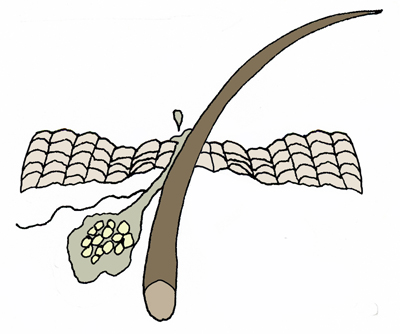
Sebaceous glands produce sebum which moisturize and protect the skin and hair, but too much will clog pores and create an environment for bacteria.
The skin produces a new layer of cells every day at the bottom of your stratum corneum, and exfoliates one layer every day. Sometimes the dead skin cells fall off and sometimes they stay in place and become nutrient rich biomes for fungi, such as the ones that cause dandruff and ringworm. Unchecked, these can evolve into lesions. Washing the hair regularly serves to ensure that dead skin cells are properly removed.
Washing hair too frequently with a strong detergent may dry the scalp and hair, leaving it unprotected. Many people experience irritation or contact dermatitis from harsh ingredients in commercial shampoos, causing them to search for other alternatives. However, some alternatives are ineffective, and may even cause more harm than good.
Most of us turn to a store-bought shampoo, whose active detergent is often Sodium Lauryl Sulfate, or a slightly milder Sodium Laureth Sulfate (both referred to as SLS). SLS is an extremely effective detergent, and does what it is meant to do: strip away sebum, oils, and dirt. However, SLS can be too harsh for some, causing dryness, irritation, and in the case of those with sensitivities to SLS, contact dermatitis. Other ingredients such as synthetic fragrances, can also cause irritation and allergic or sub-allergic reactions.
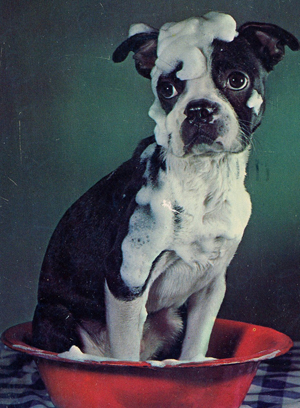
Commercial shampoos and soaps often contain sulfates, which produce a lot of bubbles. Bubbles are not required for a good clean, despite what companies might have you believe.
There are those who look to prevent the irritation they experience from commercial shampoos, or to avoid ingredients that may be harmful to their bodies or the environment. They turn to alternative methods of washing their hair, wash less frequently, or use water only. These alternative methods are often referred to as “no-poo,” short for “no shampoo.” Baking soda and apple cider vinegar is a popular method, as is “co-washing”, a method of using a conditioner-like product that does not contain a detergent. There are also a myriad of concoctions that can be made at home with common food items. These recipes are attractive due to their ease of availability and the feeling that that edible ingredients are safer and more natural.
Washing hair first with a baking soda solution, and then rinsing with apple cider vinegar has grown in popularity, and is perhaps the most common form of “no-poo.” While it has been hailed by some as something of a miracle treatment, there are many downsides. Baking soda is very alkaline, and vinegar is very acidic. Alkaline substances are shown to increase friction and static, causing damage to the hair. Overly acidic substances can be harsh as well. The logic behind using one after another is that the pH will balance out in the end. It doesn’t necessarily work that way, and the intense swing from one side of the pH scale to the other can wreak havoc on your hair and scalp. The fact that baking soda is a common kitchen item and used in cooking does not automatically make it safe or effective in hair cleansing.

Friction and desiccation cause hair strands to shed their protective outer scales, exposing the central cortex, which can stretch, split, and break.
Dry shampoos, bentonite clay, and other powder substances are used between shampoos by those who choose to wash their hair less frequently. While it absorbs some oil, the product remains in the hair. Dry shampoos do not effectively remove sebum and cause more buildup in the long run. Overuse of dry shampoo may cause hair loss, as irritated hair follicles begin to shed their strands.
Commercial hair product companies, looking to maintain their customer base, come out with new products that appear to be more natural, or contain new (often exotic) plant extracts or ingredients. A product which contains ingredients from a natural source is not the same thing as a product that is completely natural. Additionally, “natural” does not necessarily mean safer, healthier, or more effective. “Natural” has become more of a marketing method rather than an actual shift to safer and more effective ingredients. At the very best, these added ingredients may serve some beneficial purpose, but at the very least, they do nothing but make the product seem more appealing.
Zizyphus and its Benefits
With such a dizzying array of options and techniques available to clean the hair, and inconsistent information about the safety and effectiveness of each, it is reasonable to feel overwhelmed. Zizyphus powder is one option that is both natural and effective, thus making it a solid choice for those who wish to avoid sulfates and other harsh ingredients, as well as those who would like to shampoo less frequently. It functions as a two-in-one cleanser/conditioner.
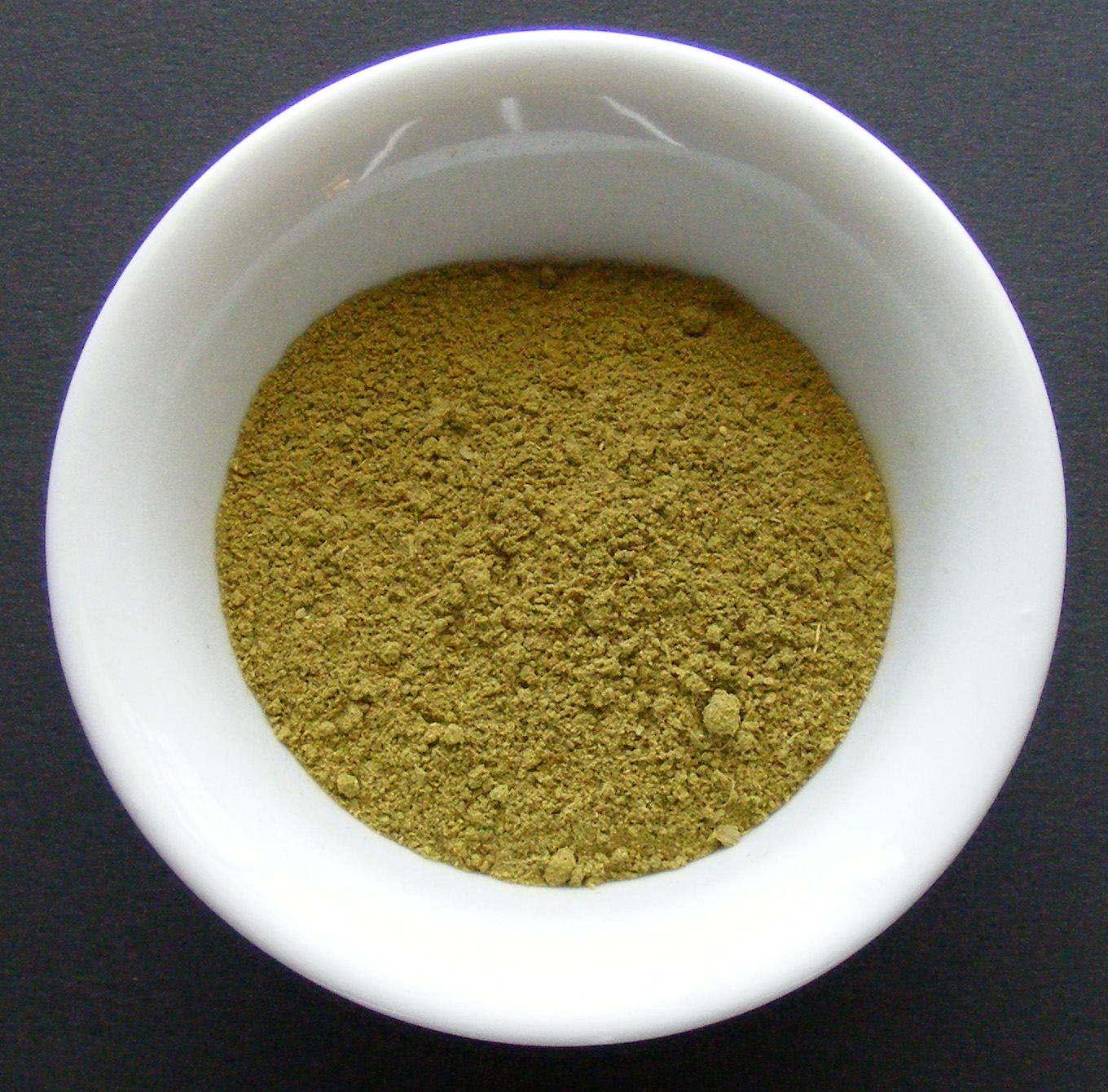
Zizyphus (or Sedr) powder has been used for centuries as a hair cleanser, well before the advent of commercial shampoos. The crop itself is a thorny desert plant whose leaves are harvested, dried, and ground into a powder. Like many plants in arid climates, it produces a plant wax to maintain moisture within its leaves.
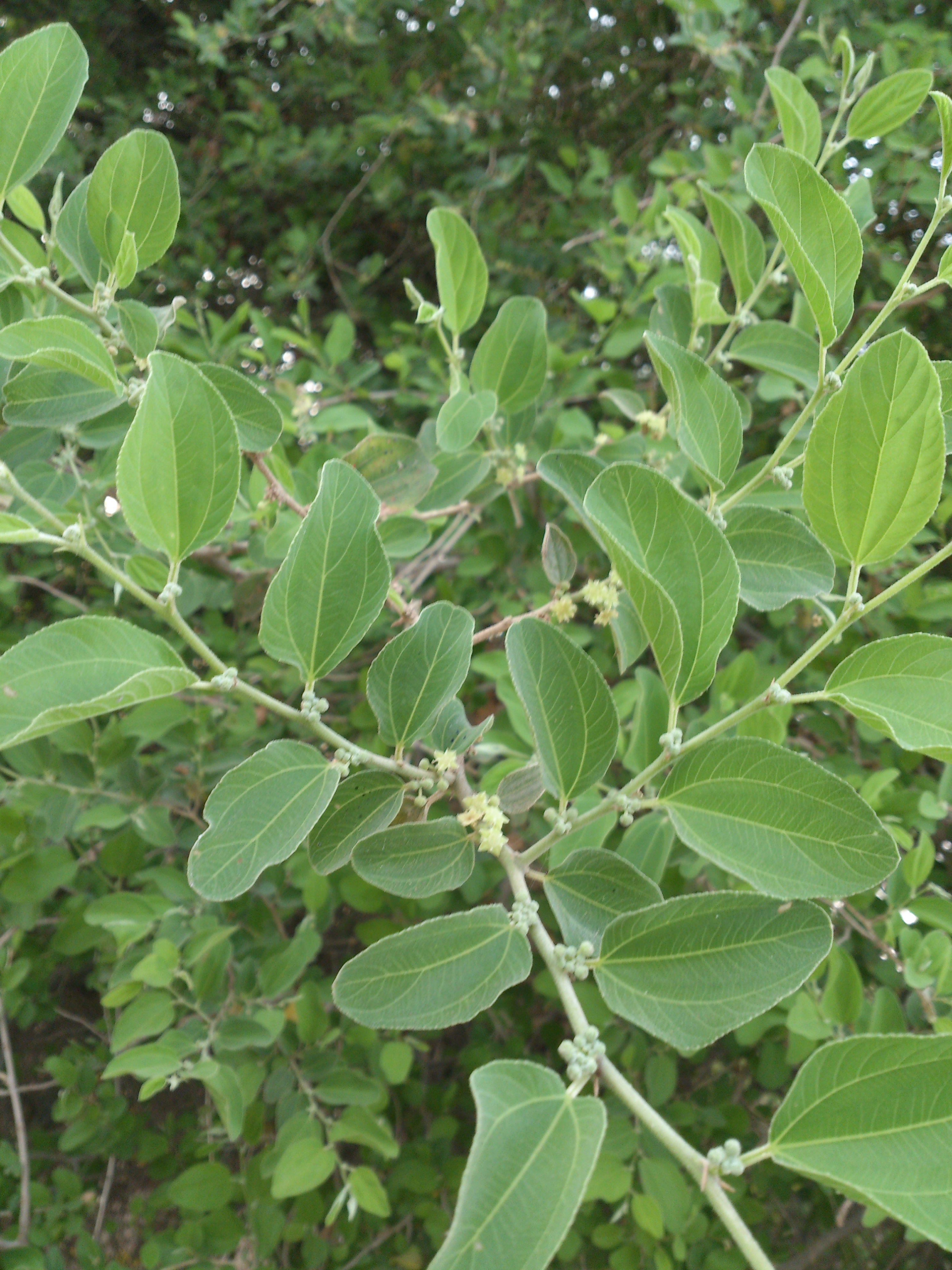
The Zizyphus Spina Christi plant.
When used as a shampoo/conditioner, zizyphus’ thin, wax-like coating acts to smooth and moisturize the hair, as well as protect it from environmental damage.Zizyphus contains natural saponins (soaps) that are gentler than commercial detergents such as sodium lauryl sulfate (SLS). Studies have found zizyphus to have antimicrobial and anti-inflammatory properties. It is an effective method for gently removing sebum and dirt without over-drying the hair and scalp. The result is clean, healthy hair with added shine and volume. Hair feels thicker after using zizyphus. Zizyphus is great for fine, limp, and damaged hair, as it adds weight and reinforcement to the hair.
Because zizyphus is not a dye, it will not affect a person’s hair color. Those who have light, graying, or white hair can use zizyphus to condition their hair with no color change.
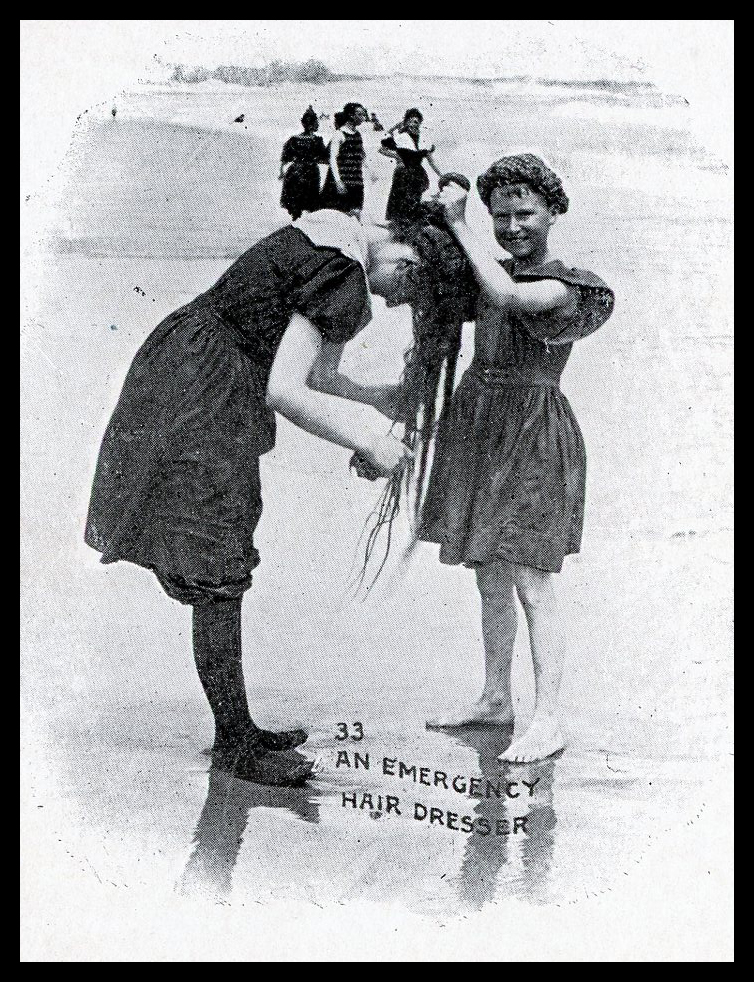
A zizyphus wash can be used regularly, or as an occasional conditioning and protective treatment. A zizyphus treatment would be great before a trip to the beach because it will protect the hair from salt, sun, and wind.
Use zizyphus before and during a camping trip. It is easy to store, and you won’t have to worry about rinsing commercial chemicals into lakes, rivers, or ground water. Those who wash their hair less frequently report that using zizyphus keeps their hair cleaner for longer, allowing them to go longer between washes. Using zizyphus every day is unnecessary, and may make the hair feel waxy.
Ancient Sunrise© Zizyphus Spina Christi is sent to an independent lab to test for purity. It contains no pesticides, heavy metals, or other chemical adulterants.
** Note: Those who have a latex allergy may be cross-sensitized to Zizyphus. Please conduct a patch test first.***
Continue reading below to learn how to use Ancient Sunrise© Zizyphus Spina Christi powder as a natural shampoo and conditioner, and as a deep-conditioning treatment.

Mix Zizyphus powder with water to create your natural shampoo.
How to Use Zizyphus as a Shampoo/Conditioner
- Mix a few spoonfuls of Ancient Sunrise© Zizyphus Spina Christi with warm water in a small container (a ramekin works nicely) until it is a yogurt consistency. The paste may appear “fluffy,” but will not produce bubbles and foam like a regular shampoo might.
- Let the paste sit for a few minutes.
- Take your paste with you into the shower or bath.
- Wet your hair, and use your hands to apply the paste near your scalp.
- Scrub the paste against your scalp, and pull it through the length of your hair.
- Leave the paste in your hair for 1-3 minutes, then rinse. Zizyphus contains some plant particulates, so those with thick or curly hair may prefer soaking their hair in the bath and rinsing with a small amount of conditioner, or with apple cider vinegar.
- Dry and style as usual, and enjoy your shiny, clean, conditioned hair!
Zizyphus can be used every few days or once a week between regular washes, or as a shampoo alternative. Some find that using zizyphus allows them to need to wash their hair less frequently. Over-use may lead to build up of its natural coating properties, causing a feeling of stiffness or heaviness.
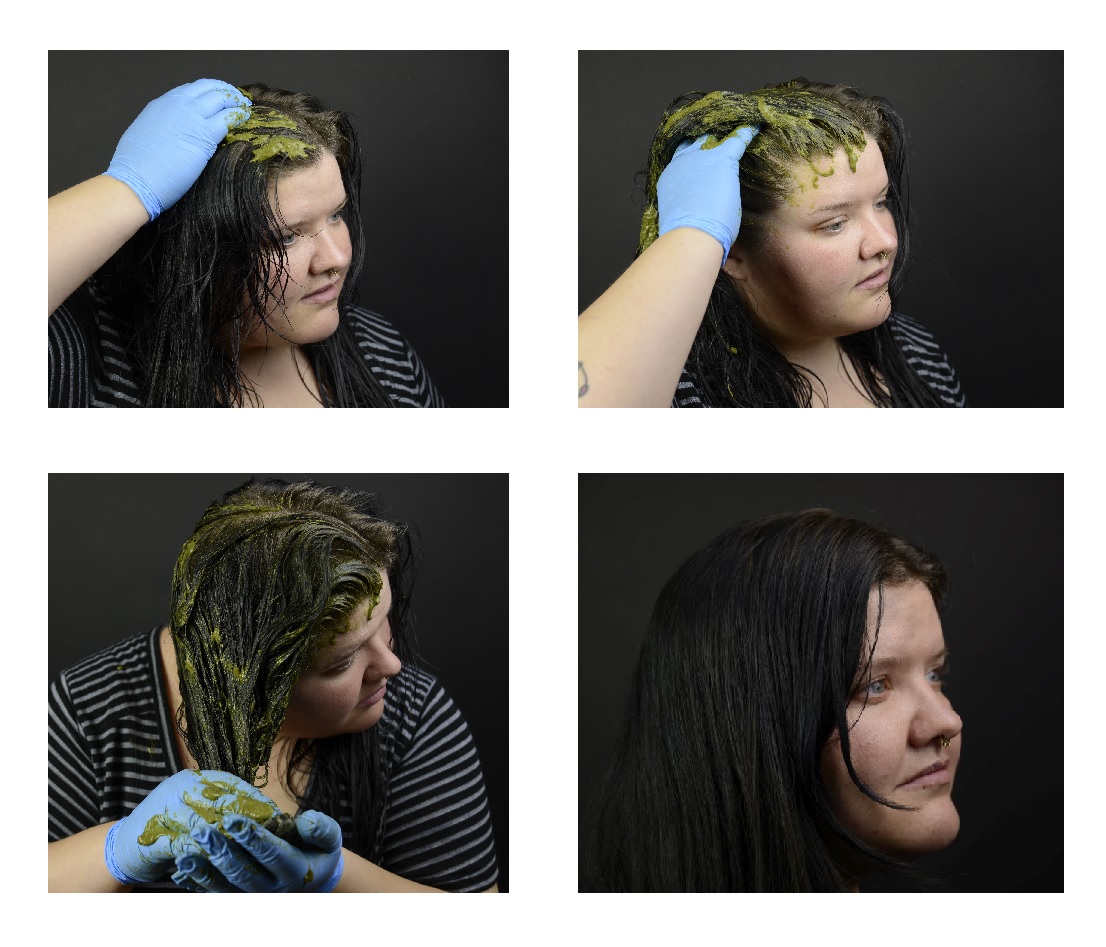
Maria applies zizyphus paste to her scalp, then pulls it through the length. After rinsing, her hair is shiny and thick.
Ancient Sunrise© also carries a Zizyphus and Juniper Shampoo bar! All of our shampoo bars are all-natural and handmade with saponified plant oils and other natural ingredients. Shampoo bars can be used every day, or as often as you wish.

Zizyphus for the Skin
Our employees also enjoy using zizyphus as a moisturizing body scrub. The plant particulates gently remove dry, rough skin while cleansing away dirt and oil. The skin is left soft and smooth, but not stripped. Zizyphus balances moisture levels and protects the skin with its thin wax barrier. To use zizyphus on the skin, simply mix it into a paste with water, wet the skin, rub small handfuls onto the body in a circular motion, and rinse. Avoid the eyes, and use externally only.
Ancient Sunrise® sells Zizyphus Spina-Christi powder in 100g packets. A little goes a long way. Call, email, or chat to ask any additional questions you may have about Zizyphus, and to place an order.
